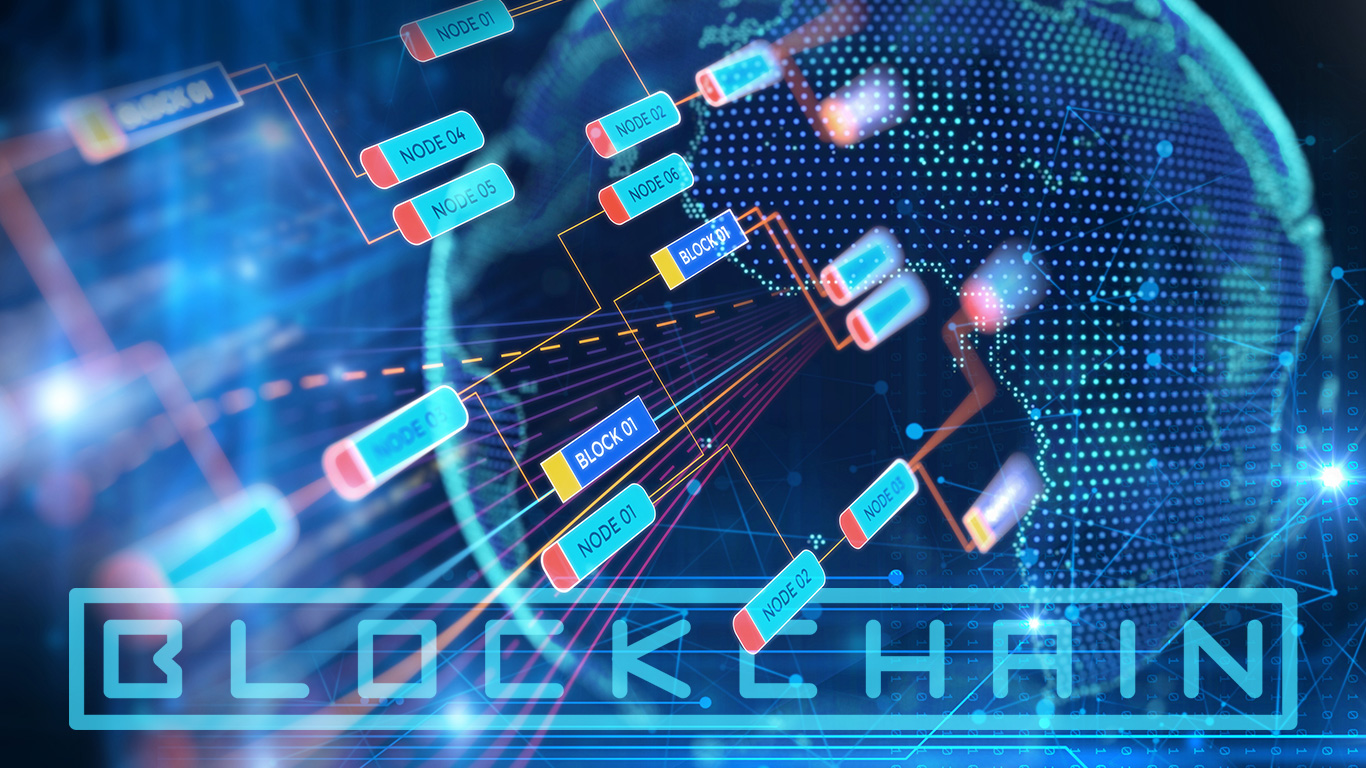This post has already been read 15810 times!
A brief overview to solving the problem of using Blockchain in the supply chain
First, what is Blockchain? In simple terms, Blockchain is an open, distributed ledger, that cannot be changed. More technically, a blockchain is:
… a continuously growing list of records, called blocks, which are linked and secured using cryptography. Each block typically contains a hash pointer as a link to a previous block, a timestamp and transaction data. By design, blockchains are inherently resistant to modification of the data. A blockchain can serve as “an open, distributed ledger that can record transactions between two parties efficiently and in a verifiable and permanent way.”
“Blockchain” – Wikipedia
Blockchain in Supply Chain Today
It seems like everyone has a Blockchain project going. Most notably, Walmart used Blockchain to track pork from China, and mangoes from Mexico. Walmart has now teamed up with major food companies to experiment with Blockchain (Fortune Magazine).
But these are fairly narrow, experimental projects. And while useful and rich with potential, particularly in offering a trusted and and unmediated record, Blockchain is a long way from having a major impact on the supply chain. That’s because there’s a major problem at the heart of Blockchain technology when it comes to applying it to the supply chain.
As I explain in my paper paper How Blockchain Can Revolutionize Supply Chain, blockchain is commonly compared to shared database. But Blockchain mediates what can be written with complex rules. Thus Blockchain is better characterized not as a shared database, but rather as a “shared, mediated state”.
It’s this shared state that raises problems in the supply chain.
The Problem with Blockchain and Supply Chain
The major problem is that anyone can read the entire shared state in the blockchain. And in supply chain and many other situations, most companies do not want all their trading partners, let alone their competitors, having access to their transactions and data.
Blockchain is still valuable where confidentiality is not an issue, but most of the transactions in supply chain management do involve transactions where confidentiality is a concern.
There have been numerous attempts to solve this problem, typically revolving around some form of partitioning, but none of these have proved satisfactory. (For details see How Blockchain Can Revolutionize Supply Chain.)
Solving the Privacy Problem of Blockchain in Supply Chain
I won’t go into detail on the solution, as it is covered in detail in the white paper and in my article at Information-Management.com, but here it is in a nutshell.
Sensitive transactions that should remain private, are moved from the Blockchain to the “Orchestrated Blockchain,” also known as the “Backchain”. The traditional Blockchain (“Frontchain”) works in parallel with the Backchain. On the Backchain the writes are mediated by a centralized entity, the “Backchain Initiator.” Only the Backchain Initiator has full read access to the shared state. The Backchain Initiator also maintains a transient, single version of the truth of the shared state.
This enables the Backchain Initiator to do many things that are not possible with Blockchain. But the biggest benefit is that complex, multi-party transactions that are common in the supply chain, such as between a buyer, seller, and carrier, can be optimized and orchestrated confidentially.
Obviously there’s a lot more to it, that’s just a brief outline. For more on the specifics of how this works, read How Blockchain Can Revolutionize Supply Chain.
- What Constitutes a True Supply Chain Network? - April 8, 2024
- Where AI Actually Matters in the Supply Chain - September 12, 2023
- Enhancing Blockchain for Supply Chain - October 17, 2017
